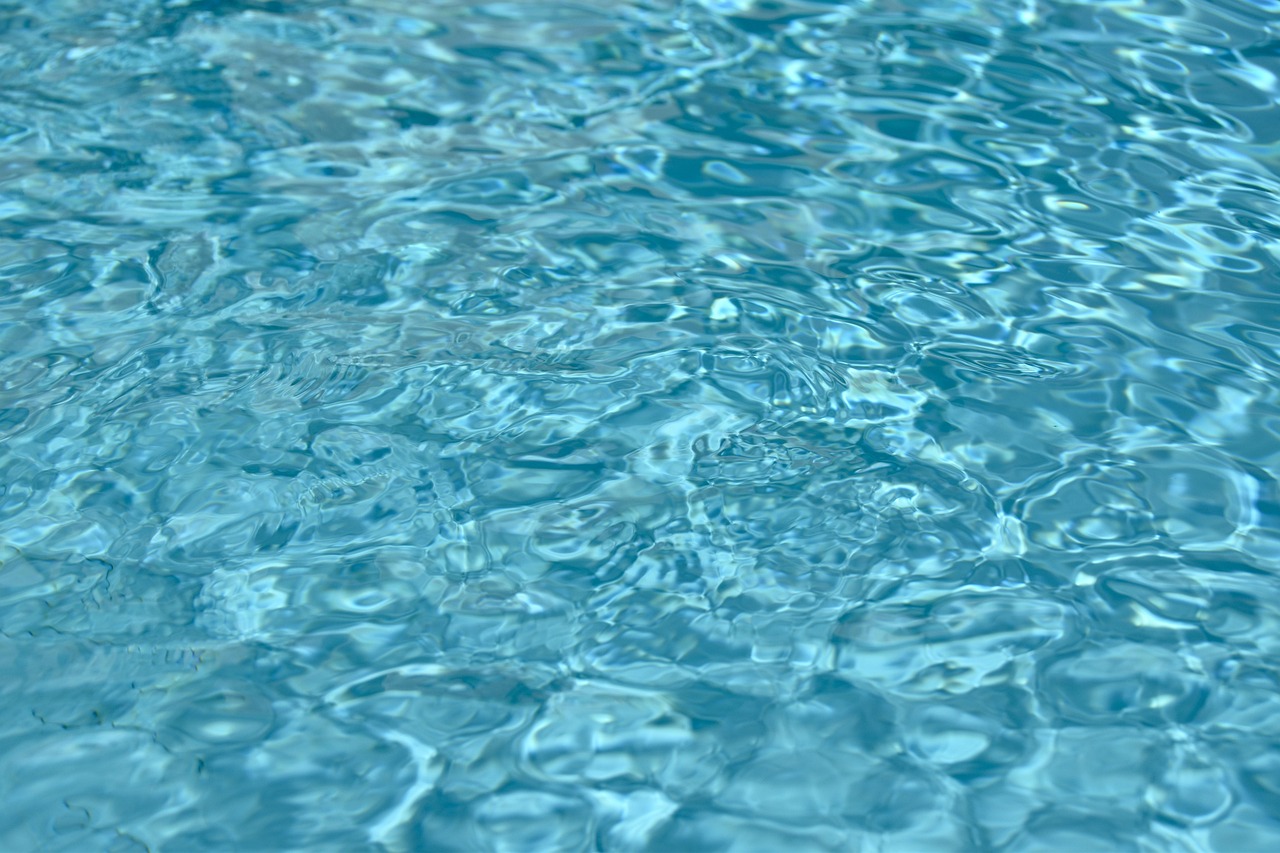Adding a swimming pool to your backyard can transform your outdoor living space into a personal oasis, and above-ground pools offer an accessible and economical alternative to traditional in-ground options. These versatile swimming solutions come in various sizes, materials, and designs to suit different preferences and budgets. In this article, we’ll explore the benefits and drawbacks of above-ground pools, examine the different types available on the market, break down typical costs, and weigh the pros and cons of DIY versus professional installation.
Benefits of Above-Ground Pools
Above-ground pools provide numerous advantages that make them an attractive option for homeowners. The most obvious benefit is affordability – above ground pool cost install options typically run between $1,500 and $5,000, significantly less than the $30,000 to $70,000 price tag of in-ground alternatives. They also offer flexibility since they can be disassembled and moved if you relocate. Installation is quicker, often taking just a few days rather than weeks or months. Additionally, above-ground pools require fewer permits in most municipalities, though you should always check local regulations before proceeding.
The maintenance demands for above-ground pools are generally less intensive than in-ground varieties, requiring similar chemical treatments but often less cleaning due to their smaller size and elevated position that prevents ground debris from easily entering the water. For families with small children or pets, the raised walls provide an added safety element as they’re harder to accidentally fall into without a ladder.
Types of Above-Ground Pools
When browsing best above ground pool reviews, you’ll encounter several distinct varieties. Steel-framed pools are the most common and economical option, featuring metal walls and frames with vinyl liners. They typically last 7-15 years depending on climate and maintenance. Aluminum-framed pools cost more initially but offer greater durability and rust resistance, often lasting 15+ years.
Resin pools represent a newer innovation, using plastic materials that resist corrosion and sun damage. These pools maintain cooler temperatures around the edges since resin doesn’t heat up like metal. Hybrid models combine metal frameworks with resin components to balance durability and cost considerations.
For a more seamless look, semi inground pool price points start around $6,500 and increase based on size and features. These pools can be installed partially below ground level, creating a hybrid appearance between traditional above-ground and in-ground pools. According to AskHomey, semi-inground options have become increasingly popular among homeowners seeking a more permanent and aesthetically pleasing solution while still maintaining a lower price point than fully in-ground installations.
Cost Considerations
The total investment for an above-ground pool varies widely based on several factors. The base price for the pool kit itself ranges from approximately $1,000 for basic models to $5,000 for premium options with enhanced features. A standard 24-foot round above-ground pool with installation typically costs between $2,500 and $7,500 in total.
Beyond the pool structure, additional expenses include site preparation ($300-$800), electrical work for pumps and filters ($500-$1,000), and optional upgrades like heaters ($1,500-$3,500), custom decking ($2,000-$10,000), and safety fencing ($15-$25 per linear foot). Ongoing costs encompass chemicals ($50-$100 monthly during swimming season), utilities ($30-$250 monthly depending on size and features), and eventual liner replacement every 7-10 years ($500-$1,500).
DIY vs. Professional Installation
Many homeowners consider DIY installation to reduce above ground pool cost install expenses, potentially saving $1,000-$3,000 in labor costs. Most manufacturers provide detailed instructions, and numerous online resources offer step-by-step guidance. However, DIY installation requires careful consideration of several factors.
The installation process involves site preparation (leveling the ground is absolutely critical), assembling the pool frame, installing the liner, setting up filtration systems, and addressing electrical needs. DIY installation typically requires 2-4 people and takes 1-3 days depending on pool size and complexity. Common challenges include achieving perfectly level ground, properly tensioning the liner, and connecting plumbing and electrical components safely.
Professional installation offers significant advantages despite the higher cost. Professionals bring experience that ensures proper setup, particularly with critical aspects like ground leveling that directly impact the pool’s structural integrity and longevity. They’re equipped to handle unexpected situations like discovering rocks or roots during excavation. Additionally, professional installation often includes warranties that protect your investment if problems develop.
Making Your Decision
When deciding on an above-ground pool, consider your available space, budget constraints, and long-term plans for your property. Research pool sizes and depths that accommodate your family’s needs, and explore aesthetic options that complement your home’s exterior. Review local regulations regarding permits, setbacks from property lines, and safety requirements like fencing.
Remember that while above-ground pools cost significantly less than in-ground options, they still represent a substantial investment that affects your property. Choosing quality materials and proper installation will maximize enjoyment and minimize maintenance headaches over the pool’s lifespan.
For more tips and to connect with reliable home service professionals, follow AskHomey on Facebook and Instagram.



